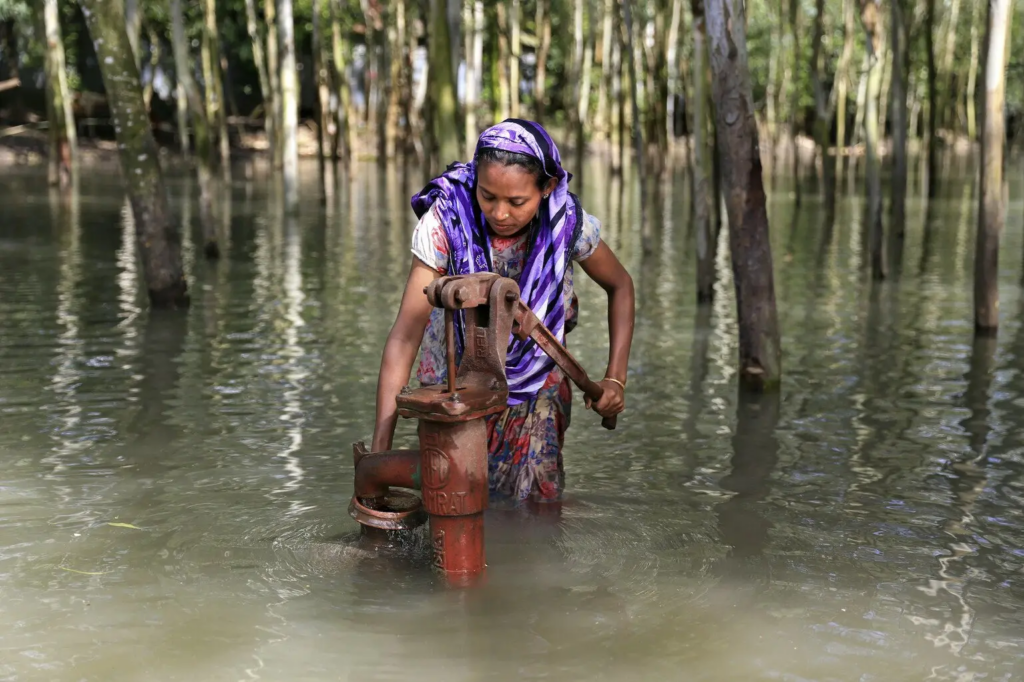
Waterborne diseases, such as cholera and typhoid, pose significant health risks, particularly in areas where clean water is scarce. Proper water storage is crucial in preventing these diseases and ensuring the safety of drinking water. This article provides essential guidelines for safe water storage practices to help you protect yourself and your community from waterborne illnesses.
Understanding Waterborne Diseases
Cholera and typhoid fever are commonly caused by bacteria that contaminate water sources. Cholera is caused by Vibrio cholerae, while typhoid fever results from Salmonella typhi. Both diseases can lead to severe gastrointestinal issues and, if untreated, can be life-threatening. Proper water storage helps prevent the contamination of water with these harmful pathogens.
Guidelines for Safe Water Storage
Use Clean Containers
Choose Appropriate Containers: Use containers made of food-grade materials that are designed specifically for water storage. Avoid using containers that previously held chemicals or non-food items.
Regular Cleaning: Clean and sanitize water storage containers regularly. Use a solution of water and bleach (1 tablespoon of bleach per gallon of water) to disinfect. Rinse thoroughly before refilling.
Store Water Properly
Cover Containers: Always keep water storage containers covered to prevent contamination from dust, insects, or animals.
Avoid Direct Sunlight: Store containers in a cool, dark place to prevent algae growth and maintain water quality.
Elevate Containers: Place water containers off the ground to reduce the risk of contamination from soil and pests.
Prevent Contamination
Use Clean Utensils: When dispensing water, use clean, designated utensils such as ladles or taps. Avoid dipping hands or unclean objects into the water.
Check for Cracks: Regularly inspect containers for cracks or leaks that can allow contaminants to enter. Replace damaged containers immediately.
Implement Filtration and Treatment
Filtration: Use appropriate water filters to remove impurities and pathogens. Ensure that the filter is suitable for the type of contaminants present in your water source.
Boiling: Boil water for at least one minute to kill most pathogens. Boiling is particularly effective in areas where filtration systems are not available.
Chemical Treatments: In addition to boiling, water can be treated with chemicals such as chlorine or iodine tablets. Follow the manufacturer’s instructions for proper dosage and contact time.

Maintain Hygiene
Hand Washing: Always wash hands with soap and clean water before handling drinking water or preparing food. Proper hand hygiene is crucial in preventing the spread of waterborne pathogens.
Regular Sanitation: Ensure that the area where water is stored and handled is clean and free from potential contaminants.
Monitor Water Quality
Visual Checks: Regularly inspect stored water for any signs of contamination, such as unusual color, odor, or sediment.
Testing: Periodically test the water for microbial contamination and other quality indicators. Many water testing kits are available for home use.
Educate the Community
Awareness Programs: Educate community members about the importance of safe water storage and hygiene practices. Promote community involvement in maintaining and protecting water sources.
Training: Provide training on proper water storage and treatment methods, especially in areas with high risks of waterborne diseases.
Conclusion
Preventing waterborne diseases like cholera and typhoid requires a proactive approach to water storage and management. By following these guidelines—using clean containers, storing water properly, preventing contamination, and implementing filtration and treatment methods—you can significantly reduce the risk of these harmful diseases. Safe water storage not only protects your health but also contributes to overall community well-being. For optimal results, combine these practices with regular hygiene and community education efforts.


